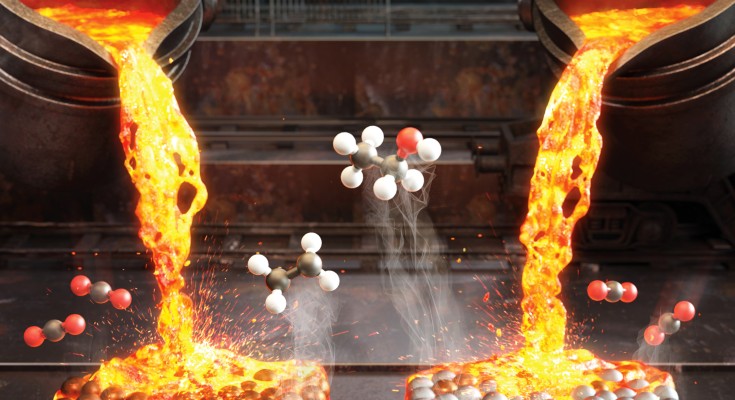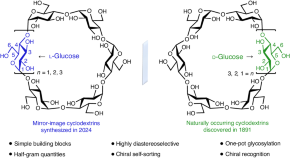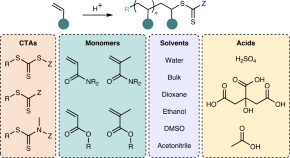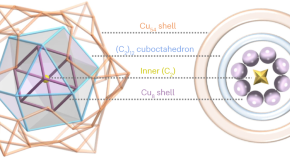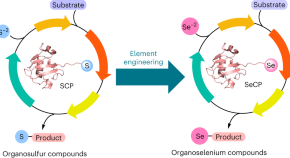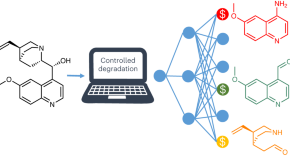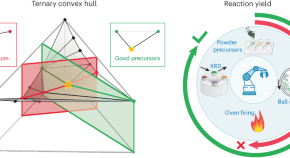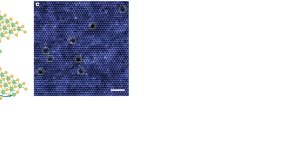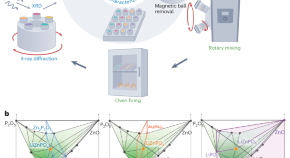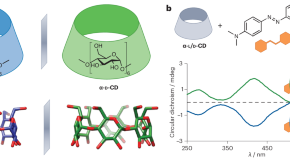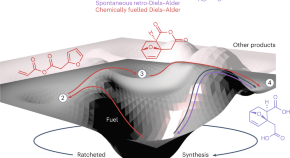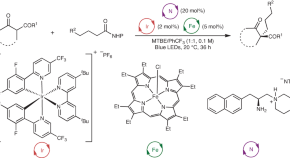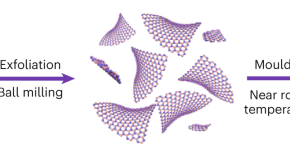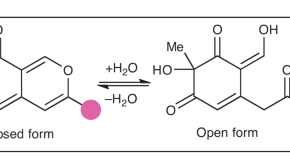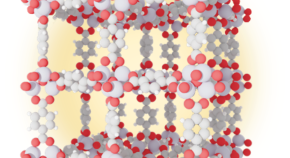Featured
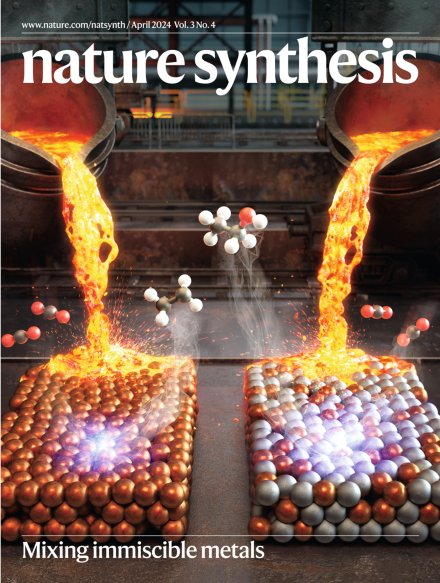
Advertisement
-
-
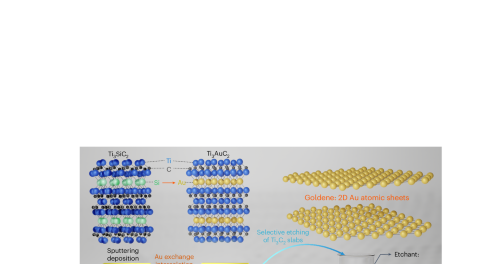
Synthesis of single-atom-thick gold layers
Monolayer gold could exhibit properties of benefit to various applications, but has been challenging to synthesize. Now, the exfoliation of two-dimensional single-atom-thick gold layers — termed goldene — is achieved through wet-chemically etching away Ti3C2 from Ti3AuC2, a nanolaminated MAX-phase. Goldene shows lattice contraction and an increase in the gold 4f binding energy compared with the bulk.
-
-
Trending - Altmetric
-
Synthesis of goldene comprising single-atom layer gold
-
Navigating phase diagram complexity to guide robotic inorganic materials synthesis
-
Palladium-catalysed methylene C(sp3)–H lactamization and cycloamination enabled by chlorinated pyridine–pyridone ligands
-
Design and enantioselective synthesis of 3D π-extended carbohelicenes for circularly polarized luminescence

